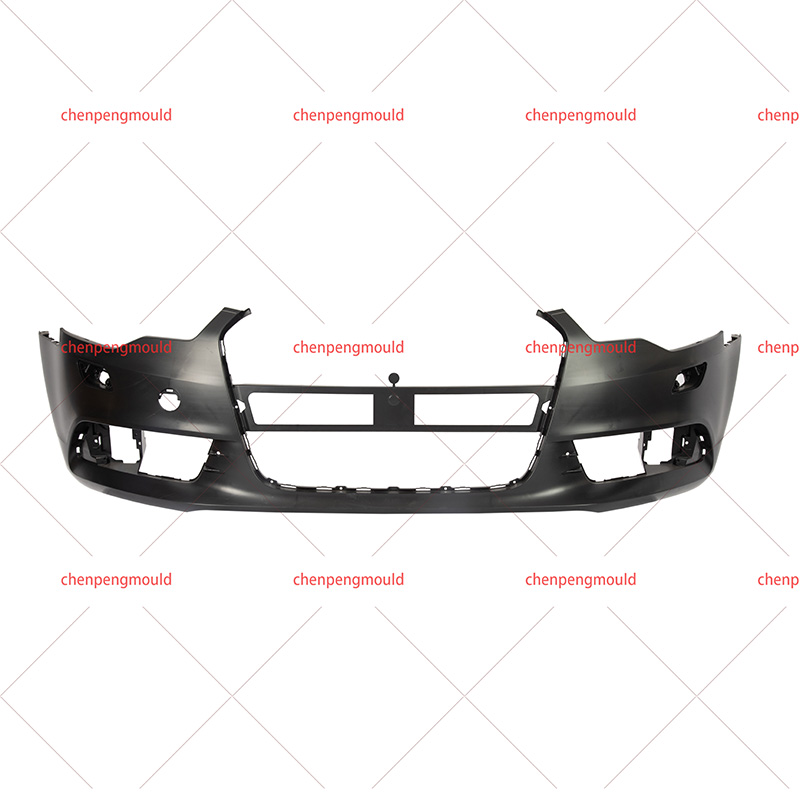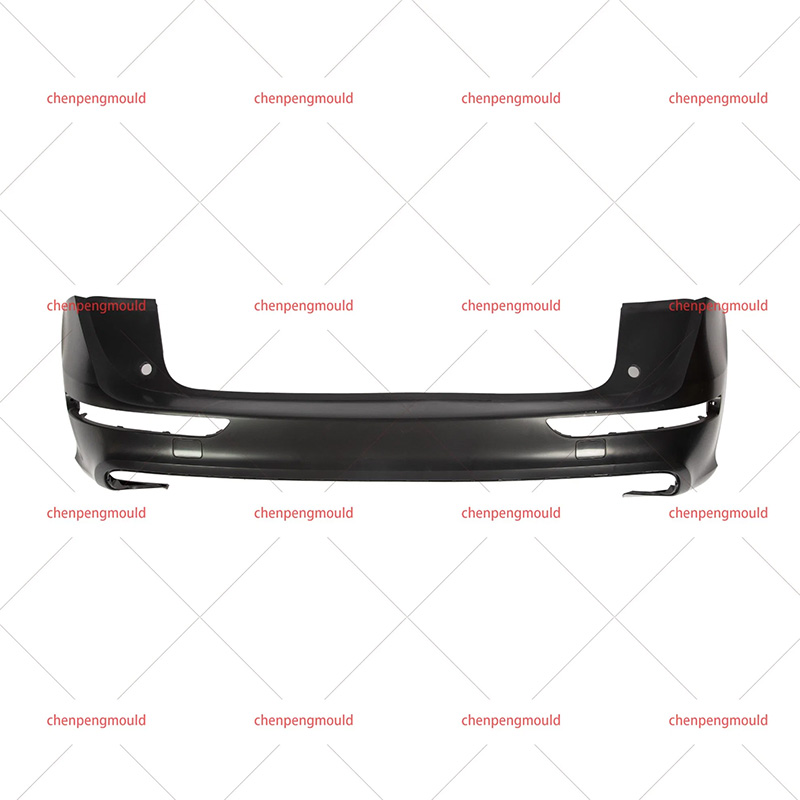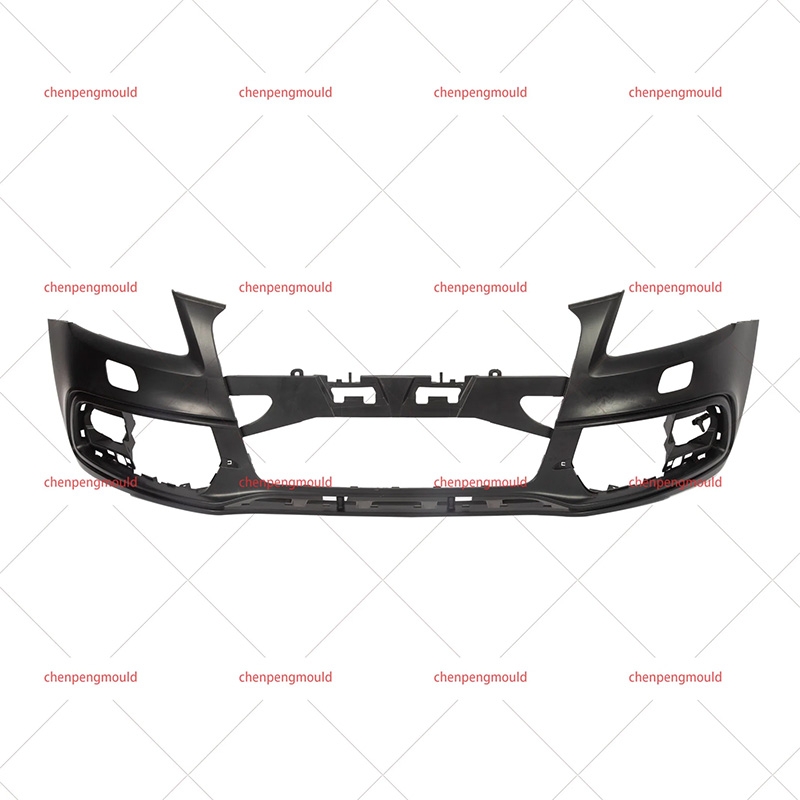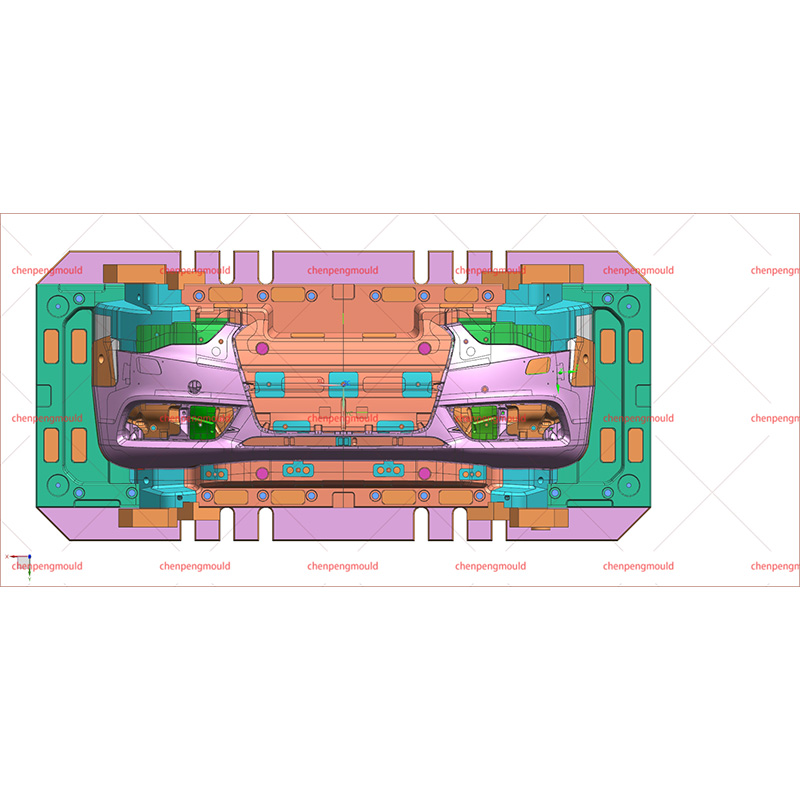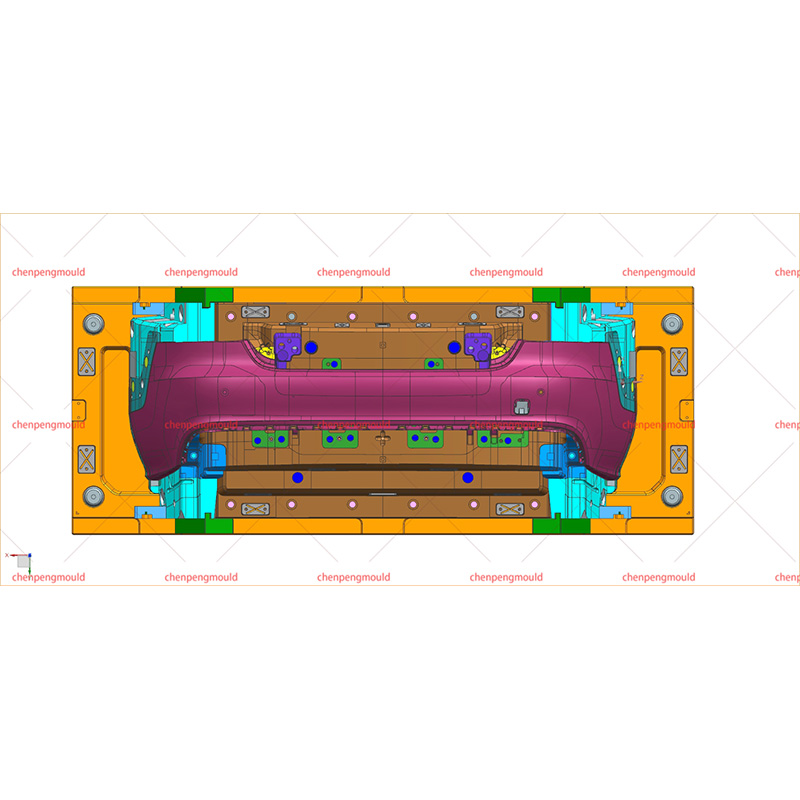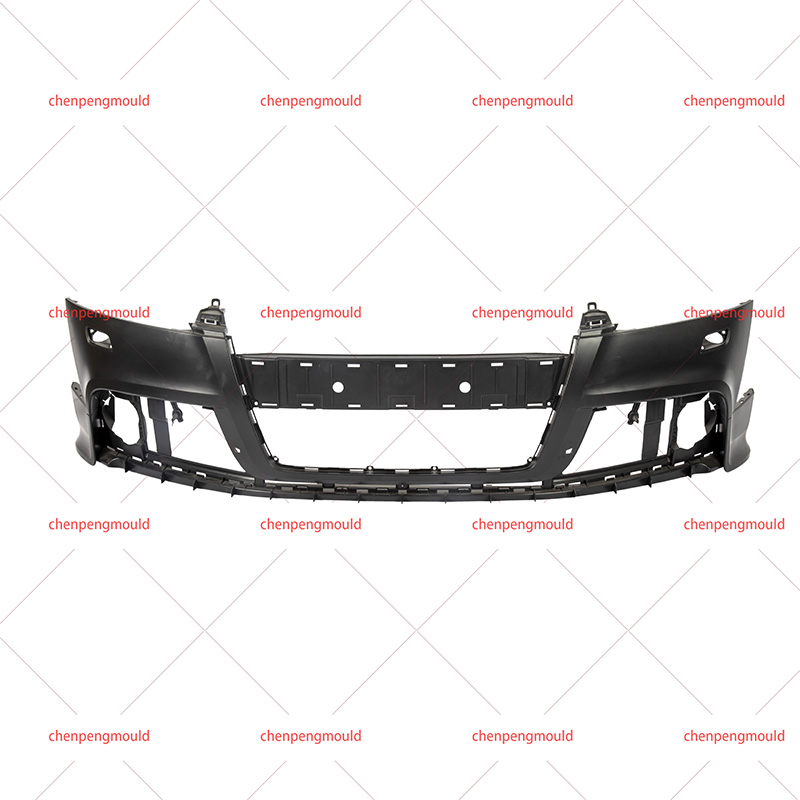China Car Bumpers Injection Molding Manufacturer Factory
In the automotive industry, car bumpers serve as both functional and aesthetic components, protecting against impacts while contributing to the vehicle's overall appearance. Achieving the delicate balance between durability and aesthetics requires innovative manufacturing techniques, with car bumpers injection molding emerging as a preferred method for producing high-quality, lightweight, and visually appealing bumpers.
Materials for Car Bumpers Injection Molding
Selecting the right materials is critical in ensuring the durability, performance, and aesthetics of car bumpers produced through injection molding. Various thermoplastic polymers are commonly used in automotive applications due to their lightweight properties, impact resistance, and ease of processing. Some of the most popular materials for car bumpers injection molding include:
Polypropylene (PP): Polypropylene is widely used in automotive bumpers due to its excellent impact strength, chemical resistance, and dimensional stability. PP-based bumpers offer a balance of stiffness and flexibility, making them suitable for absorbing energy during collisions while maintaining structural integrity.
Acrylonitrile Butadiene Styrene (ABS): ABS polymers are prized for their high strength, toughness, and surface finish, making them ideal for injection molding applications requiring intricate details and aesthetic appeal. ABS-based bumpers exhibit superior impact resistance and weatherability, making them suitable for outdoor automotive applications.
Polyethylene (PE): Polyethylene is valued for its low cost, lightweight, and recyclability, making it an attractive option for producing cost-effective car bumpers through injection molding. PE-based bumpers offer good impact resistance and chemical compatibility, making them suitable for various automotive environments.
Polycarbonate (PC): Polycarbonate polymers boast exceptional transparency, impact resistance, and heat resistance, making them suitable for injection molding applications requiring optical clarity and thermal stability. PC-based bumpers are often used in high-end automotive models where aesthetics and performance are paramount.
Design Considerations for Car Bumpers Injection Molding
Designing car bumpers for injection molding requires careful consideration of various factors to ensure optimal performance, aesthetics, and manufacturability. Some key design considerations include:
Impact Absorption: Car bumpers must effectively absorb energy during collisions to minimize damage to the vehicle and protect occupants. Design features such as energy-absorbing structures, impact ribs, and crush zones help dissipate kinetic energy and mitigate the effects of impacts.
Structural Integrity: Car bumpers must maintain structural integrity under dynamic loads and environmental conditions. Reinforced ribs, gussets, and strategic material distribution enhance the bumper's stiffness and strength, preventing deformation and ensuring long-term durability.
Aesthetic Appeal: Car bumpers play a significant role in defining the vehicle's exterior aesthetics and brand identity. Design elements such as contour lines, surface textures, and integrated styling details enhance the bumper's visual appeal while harmonizing with the overall vehicle design language.
Manufacturing Feasibility: Designing car bumpers for injection molding requires balancing aesthetic requirements with manufacturing feasibility. Features such as draft angles, undercuts, and parting lines facilitate mold release and minimize production challenges, optimizing the injection molding process efficiency.
Innovations in Car Bumpers Injection Molding
The automotive industry is witnessing ongoing advancements in car bumper injection molding technology, driven by innovations in materials, processes, and design methodologies. Some notable innovations include:
Multi-Material Molding: Multi-material injection molding techniques enable the integration of different polymers, colors, and textures within a single bumper assembly, enhancing design flexibility and functional performance. Overmolding, insert molding, and co-injection molding processes allow for the creation of hybrid bumpers with tailored properties and aesthetics.
Sustainable Materials: Automotive manufacturers are increasingly adopting sustainable materials such as recycled plastics, bio-based polymers, and lightweight composites for car bumpers injection molding. These eco-friendly materials reduce environmental impact, conserve natural resources, and support circular economy initiatives while maintaining performance and aesthetics.

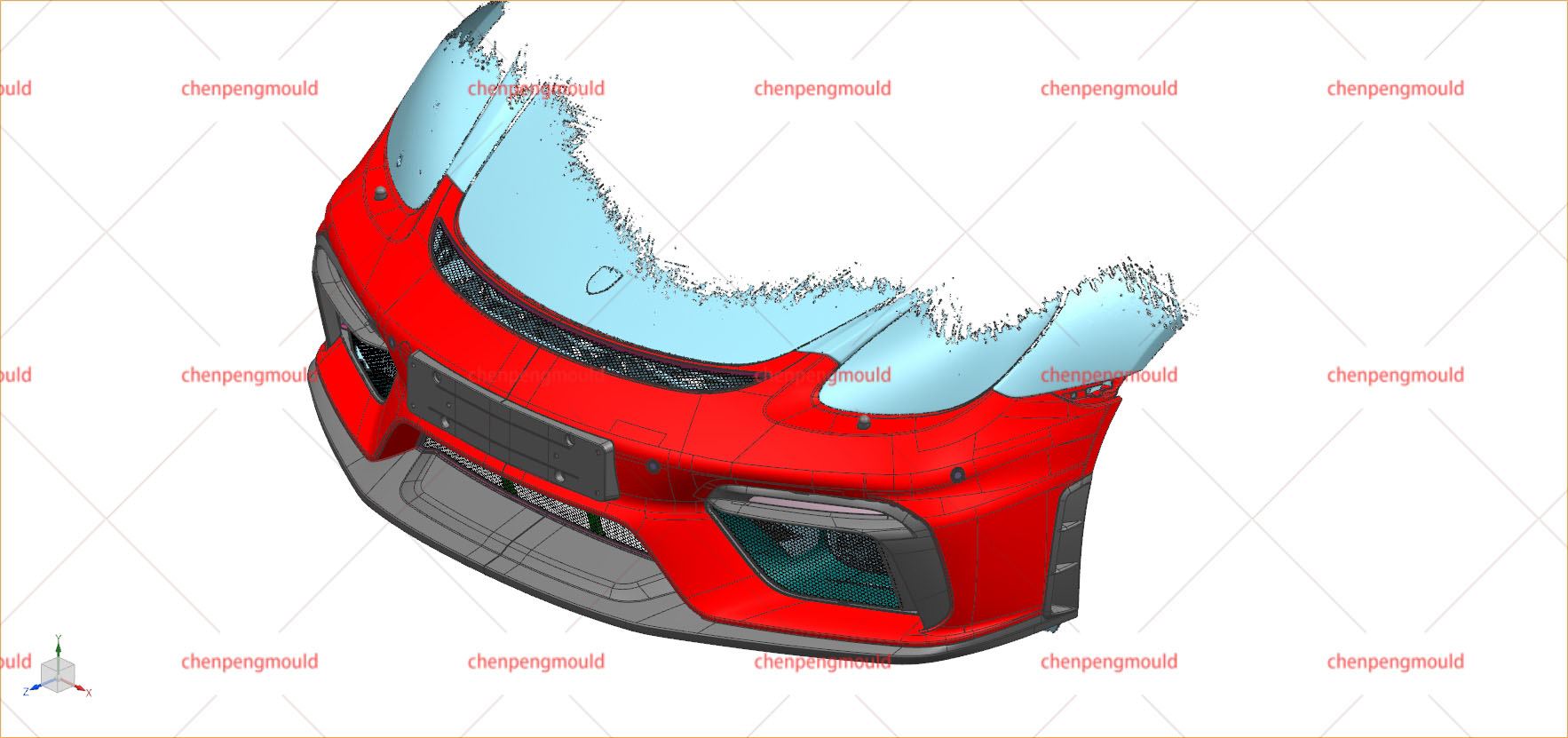
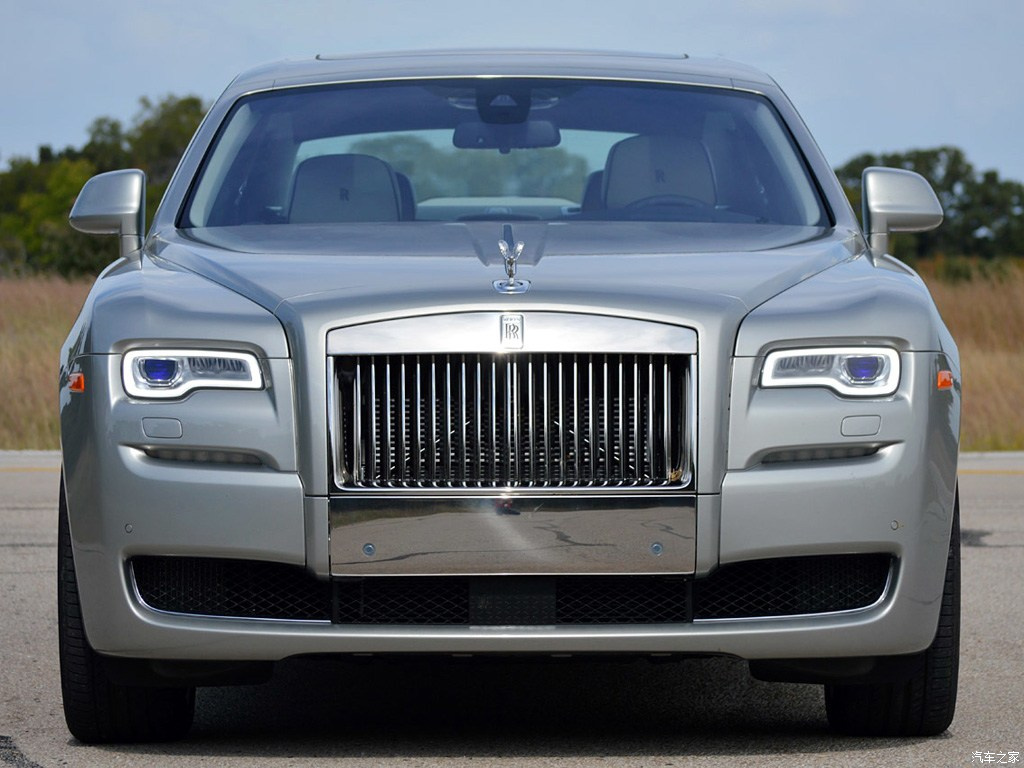
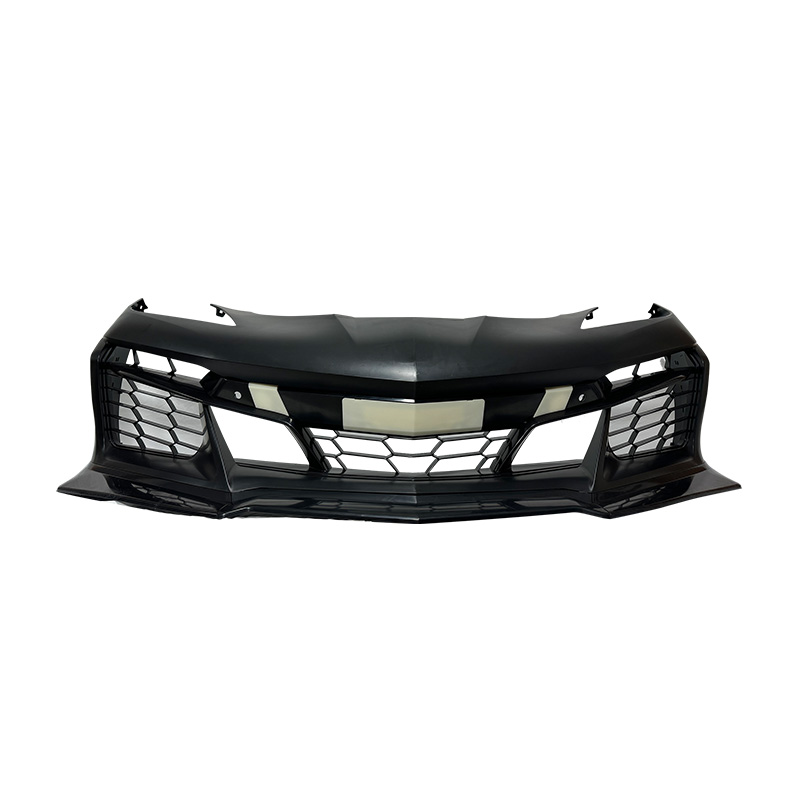
 +86-18357617666
+86-18357617666
